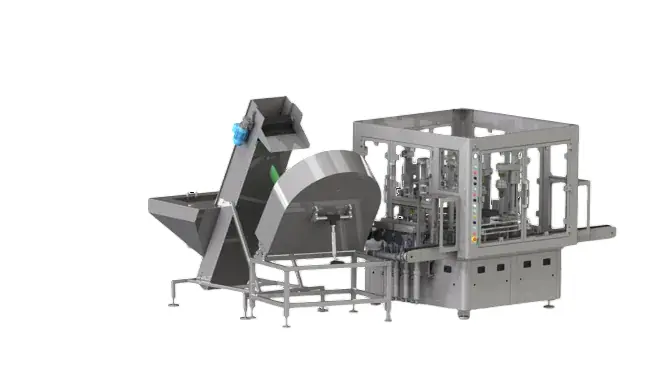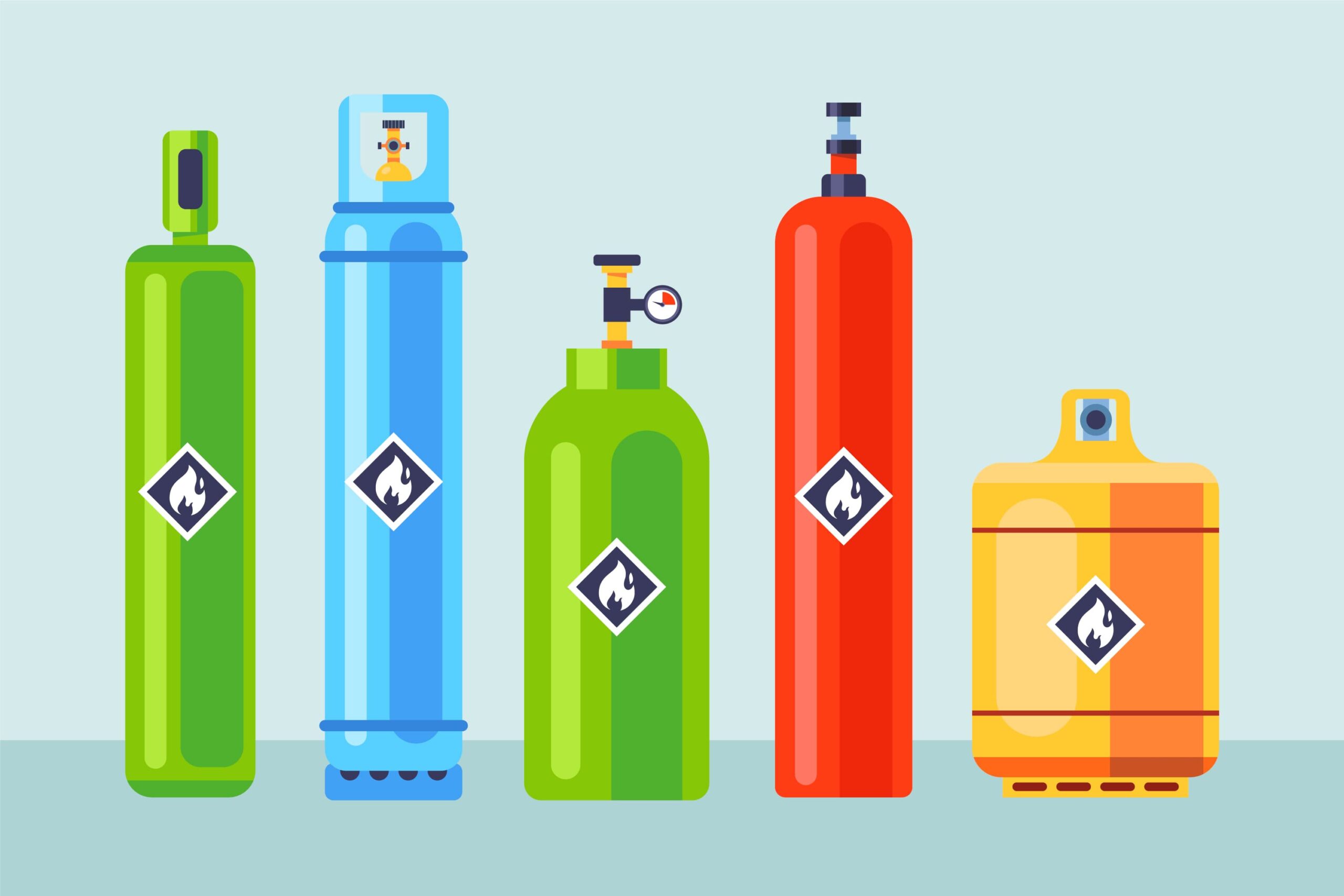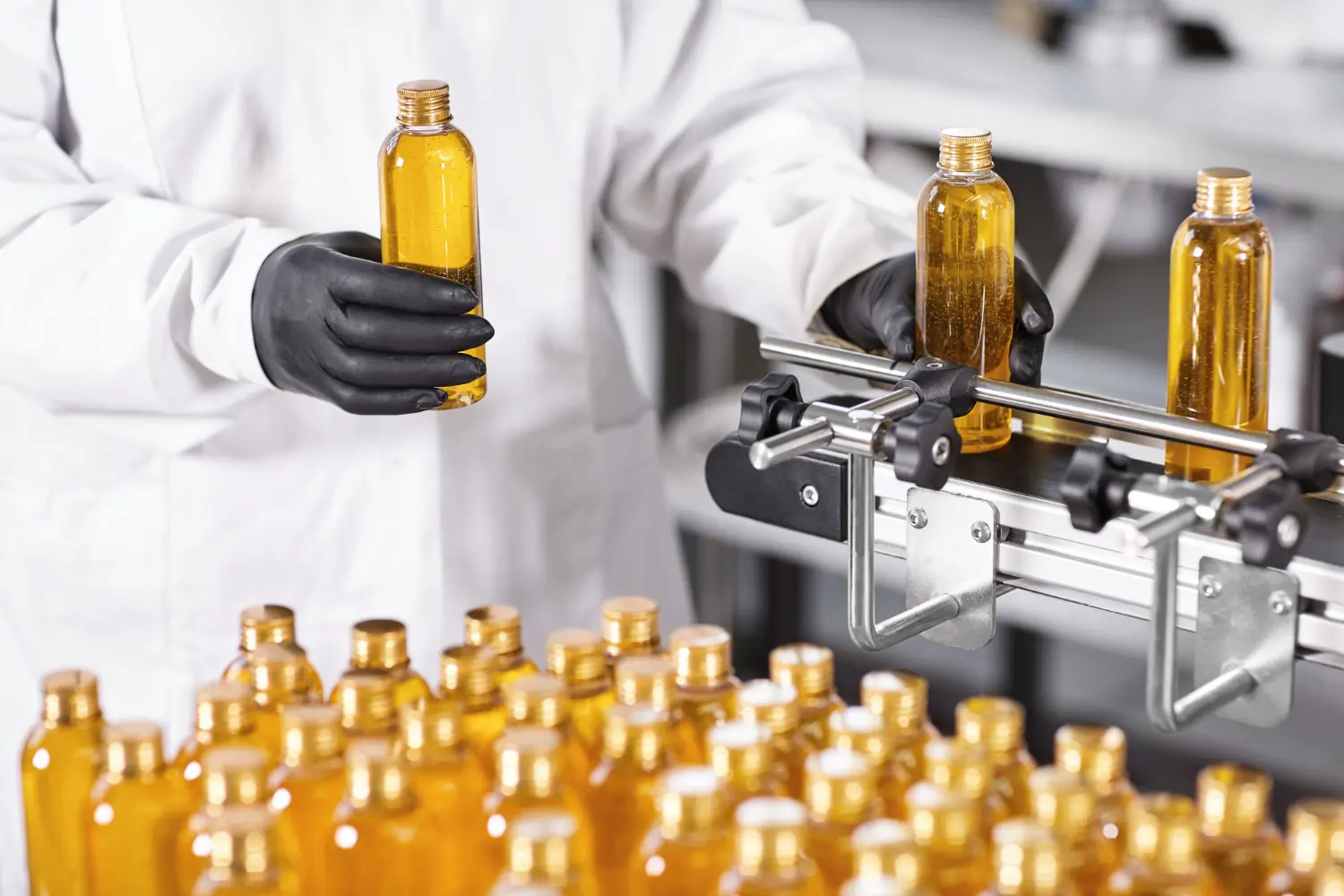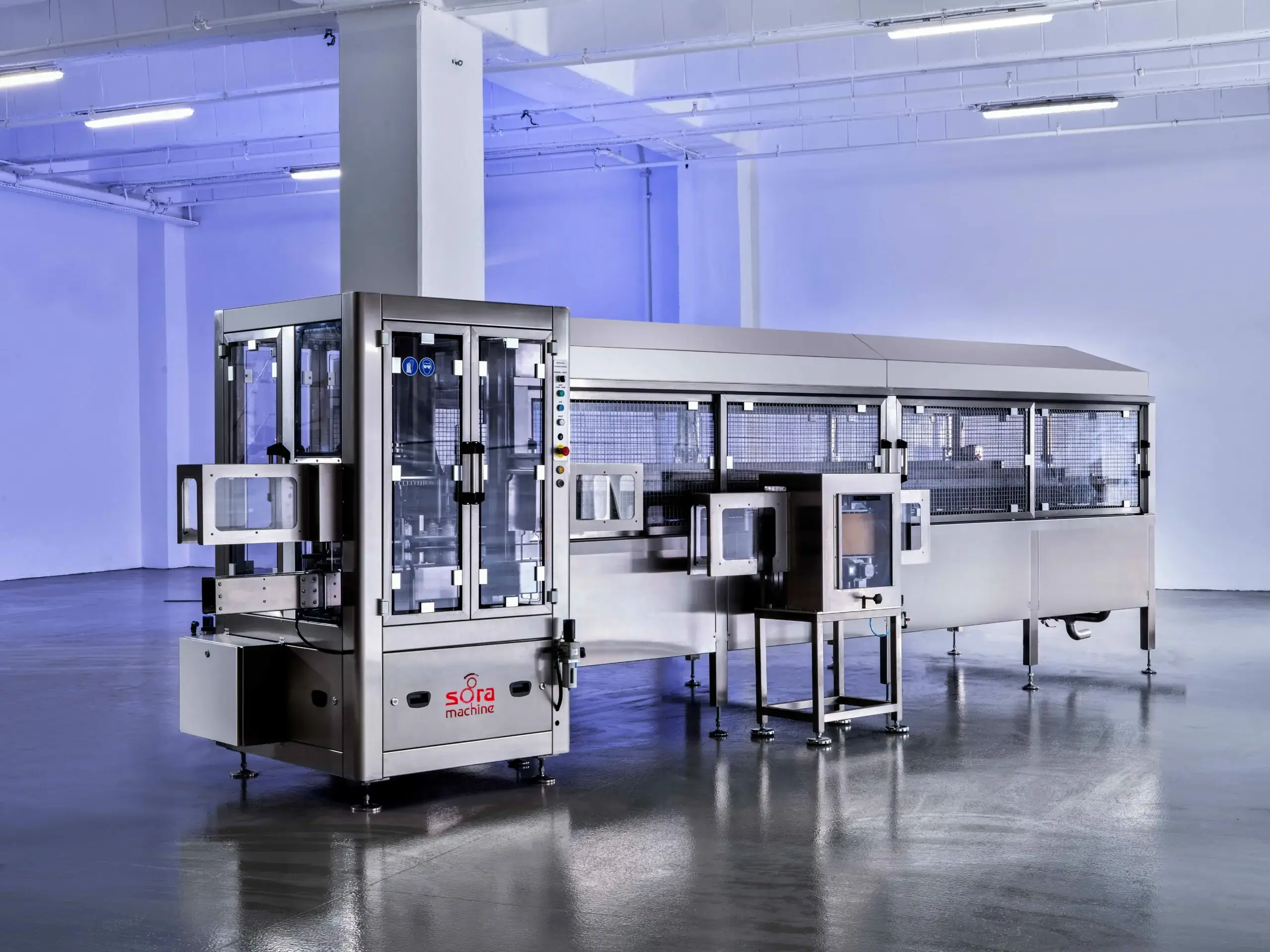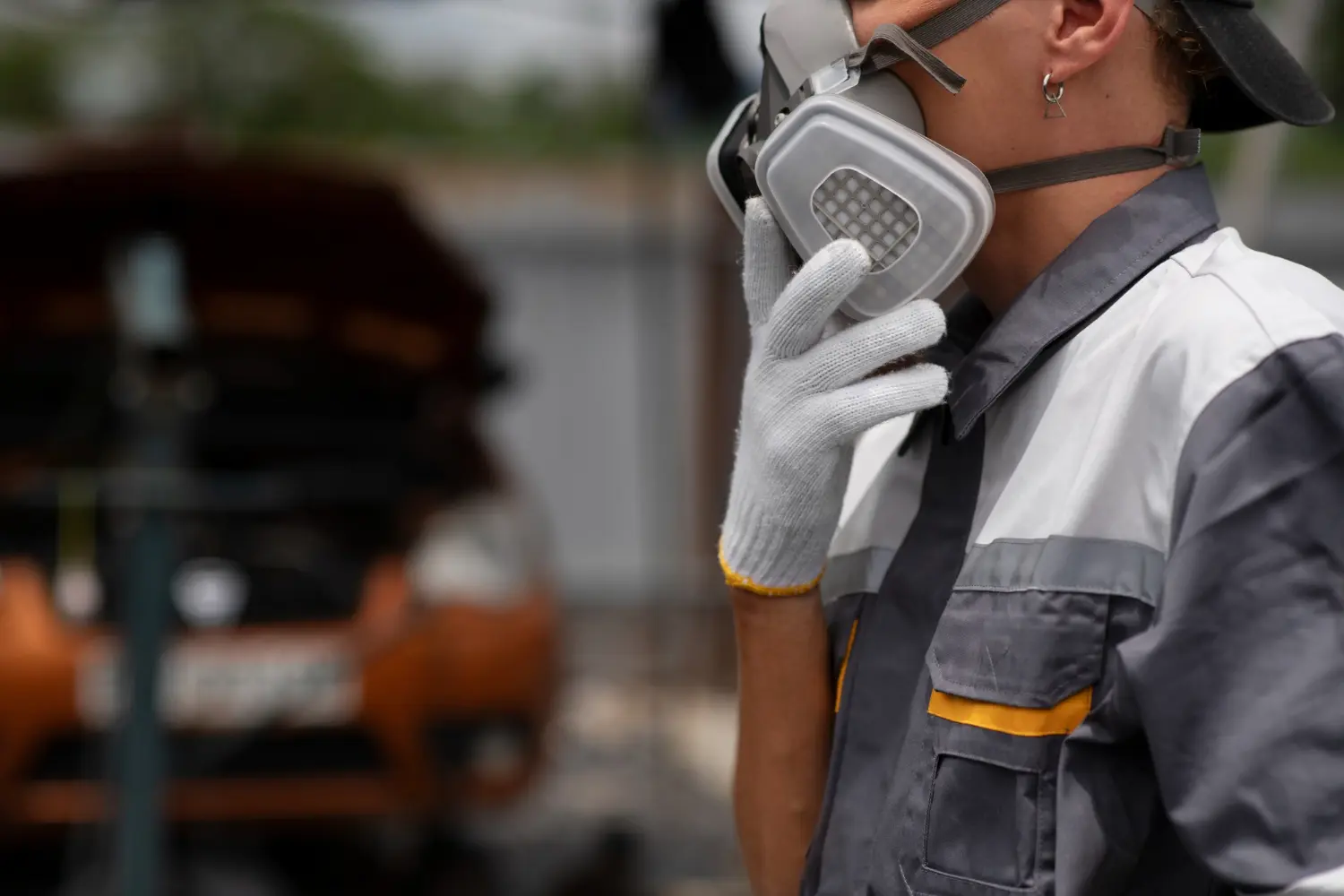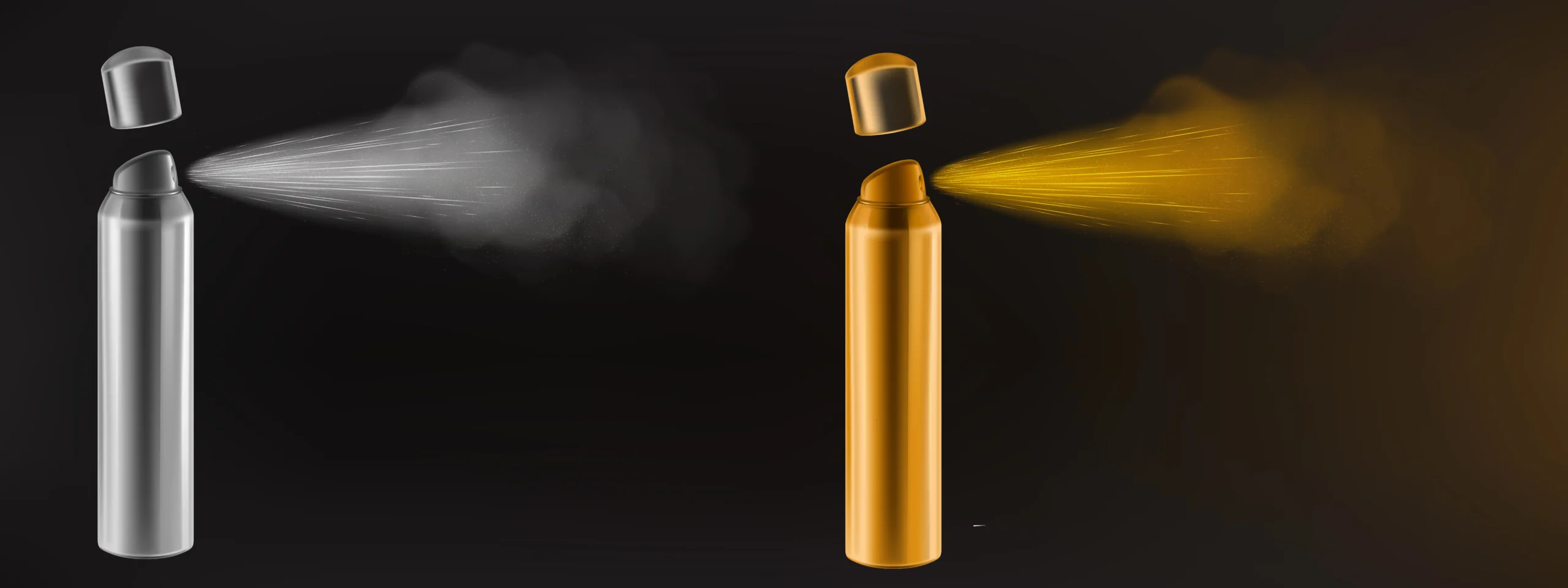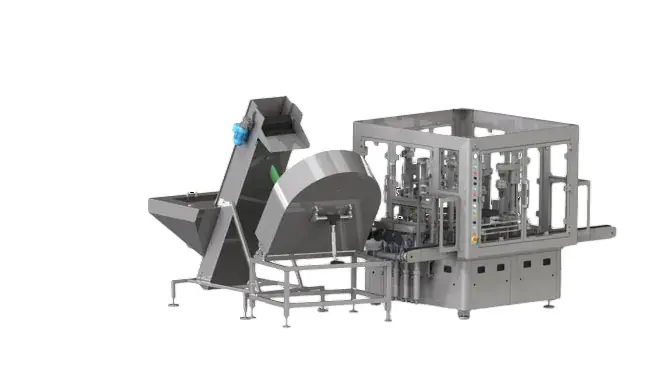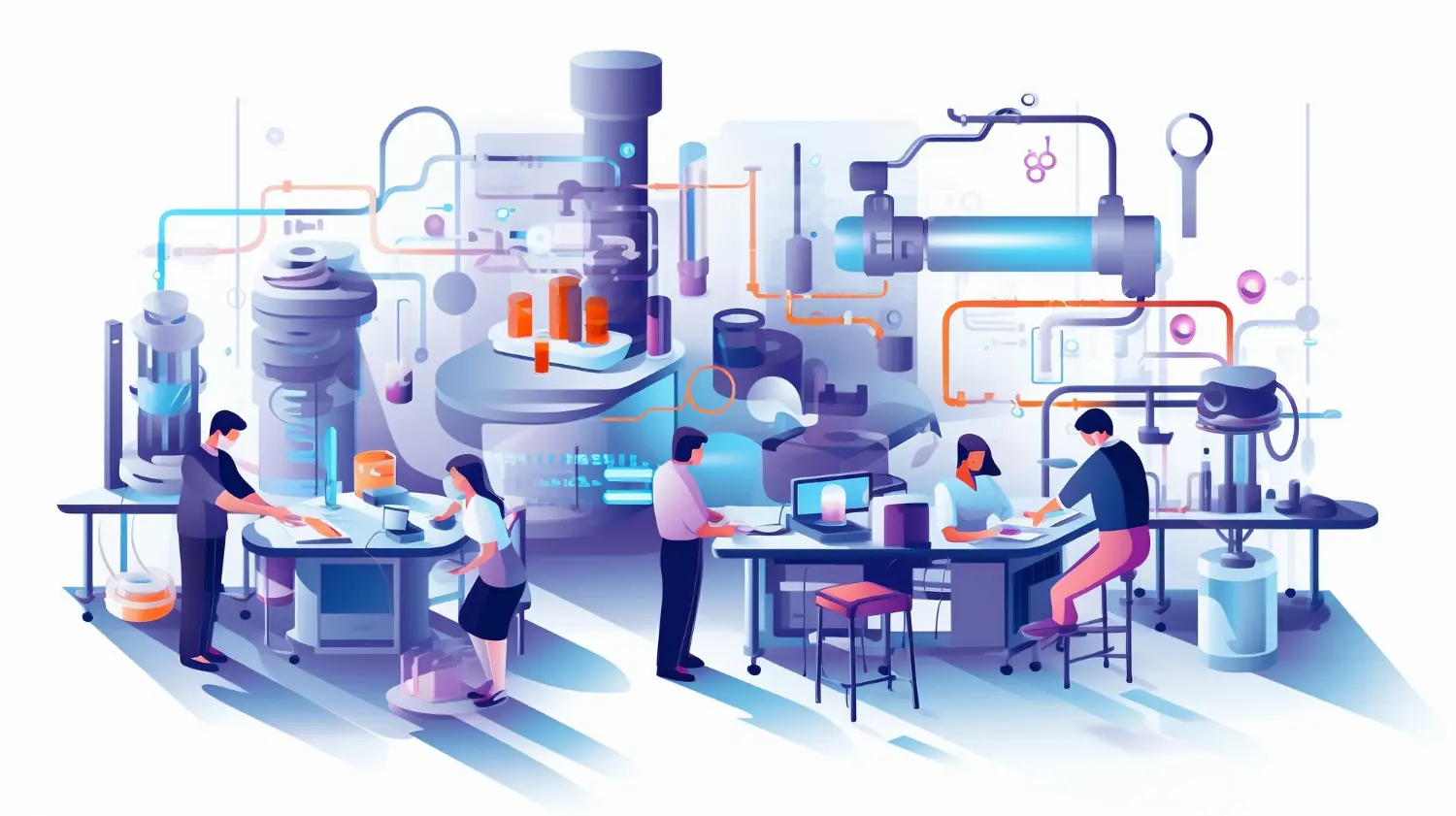Setting up a multiple liquid filling line is a strategic move for manufacturers aiming to enhance production efficiency, accommodate diverse product types, and maintain high-quality standards. Whether you’re dealing with varying liquid viscosities or aiming for scalable operations, the design and configuration of your filling stations play a pivotal role in achieving these objectives.
What is a Multiple Liquid Filling Station and What is it Used For?
A multiple liquid filling station is an integrated system designed to fill various types of liquids into containers simultaneously or in quick succession. These systems are essential in industries like food and beverage, pharmaceuticals, cosmetics, and chemicals, where different products require distinct filling processes. By configuring multiple stations, manufacturers can streamline operations, reduce downtime, and increase throughput.
Which Production Facilities Require Multiple Filling Systems?
Production facilities that handle a diverse range of products benefit significantly from multiple filling systems. For instance:
- Pharmaceutical Manufacturing Units: The need to fill various medicinal liquids into different container types necessitates specialized filling stations.
- Cosmetic Production Lines: Products like lotions, perfumes, and gels have unique filling requirements that can be efficiently managed with multiple stations.
- Chemical Processing Plants: Handling different chemicals, each with specific viscosity and containment needs, requires adaptable filling solutions.
How Are Liquids of Different Viscosities Filled on the Same Line?
Filling liquids of varying viscosities on the same line requires careful planning and equipment selection:
- Adjustable Pump Systems: Utilizing pumps with variable speed controls allows for the accommodation of different liquid viscosities.
- Dedicated Filling Nozzles: Employing nozzles designed for specific viscosities ensures consistent and accurate filling.
- Flow Control Valves: Incorporating valves that can be adjusted based on the liquid’s flow characteristics helps maintain filling precision.
- Temperature Control: For certain liquids, maintaining an optimal temperature can reduce viscosity, facilitating smoother filling processes.
Implementing these strategies ensures that each liquid is filled accurately, regardless of its viscosity.
Which Pump Systems Should Be Preferred in Multiple Filling Lines?
The choice of pump system is crucial in a multi-station filling line:
- Positive Displacement Pumps: Ideal for accurate and consistent filling, especially when dealing with viscous liquids.
- Peristaltic Pumps: Suitable for hygienic applications, as they prevent cross-contamination by isolating the liquid from the pump mechanism.
- Diaphragm Pumps: Effective for handling aggressive chemicals, offering durability and reliability.
- Gear Pumps: Provide steady flow rates, making them suitable for various liquid types.
Selecting the appropriate pump system depends on the specific requirements of the liquids being filled and the desired throughput.
Why is Designing the Line with a Modular Structure Important?
A modular design offers several advantages:
- Flexibility: Easily adapt the line to accommodate new products or changes in production volume.
- Scalability: As demand increases, additional modules can be integrated without overhauling the entire system.
- Cost-Effectiveness: Investing in modular components can be more economical in the long run, as they can be upgraded or replaced individually.
Implementing a modular structure ensures that the filling line remains adaptable to future needs and challenges.
How Are Filling Nozzles and Valves Selected According to the Type of Liquid?
The selection of nozzles and valves is critical for efficient filling:
- Nozzles: Choose based on the liquid’s characteristics.
- Valves: Opt for valves that can handle the pressure and flow requirements of the specific liquid, ensuring precise control.
- Materials: Ensure that the materials of the nozzles and valves are compatible with the liquid to prevent corrosion or contamination.
Proper selection and maintenance of these components are essential for maintaining filling accuracy and product quality.
Which Hygiene Measures Should Be Taken to Prevent Cross-Contamination?
Maintaining hygiene is paramount, especially when dealing with consumables:
- Regular Cleaning: Implement scheduled cleaning protocols for all equipment to prevent residue build-up.
- Sanitization: Use appropriate sanitizing agents to eliminate microbial contaminants.
- Dedicated Equipment: Assign specific equipment to particular liquids to prevent cross-contamination.
- Employee Training: Ensure that personnel are trained in hygiene best practices and understand the importance of contamination prevention.
Adhering to stringent hygiene measures ensures product safety and compliance with industry standards.
How Do PLC Controlled Systems Work in Multiple Filling Stations?
Programmable Logic Controllers (PLCs) play a vital role in automating and managing multiple filling stations:
- Centralized Control: PLCs allow for centralized monitoring and control of all filling stations, ensuring synchronized operations.
- Real-Time Adjustments: They enable real-time adjustments to parameters like fill volume and speed, optimizing the filling process.
- Data Logging: PLCs can log data for quality control and traceability purposes.
- Fault Detection: They can detect faults and trigger alarms, minimizing downtime.
Integrating PLCs enhances the efficiency and reliability of the filling line.
How Should You Balance Speed, Filling Accuracy, and Automation?
Balancing these factors requires careful consideration:
- Speed: While higher speeds increase throughput, they can compromise accuracy.
- Filling Accuracy: Prioritize accuracy to ensure product quality and compliance.
- Automation: Automated systems can maintain consistent speed and accuracy but may require significant investment.
Achieving an optimal balance involves assessing production goals, product specifications, and budget constraints.
How Are Maintenance and Cleaning Processes Managed in Multiple Lines?
Efficient maintenance and cleaning are crucial for uninterrupted operations:
- Scheduled Maintenance: Implement regular maintenance schedules to inspect and service equipment.
- Cleaning Protocols: Establish standardized cleaning procedures for all equipment.
- Record Keeping: Maintain detailed records of maintenance and cleaning activities for accountability and traceability.
- Spare Parts Management: Keep an inventory of critical spare parts to minimize downtime during repairs.
Effective management of these processes ensures the longevity and efficiency of the filling line.
In conclusion, configuring multiple liquid filling stations involves a comprehensive approach that considers equipment selection, system design, hygiene practices, and automation. By carefully planning and implementing these aspects, manufacturers can achieve a filling line that is efficient, adaptable, and capable of meeting diverse production needs.
